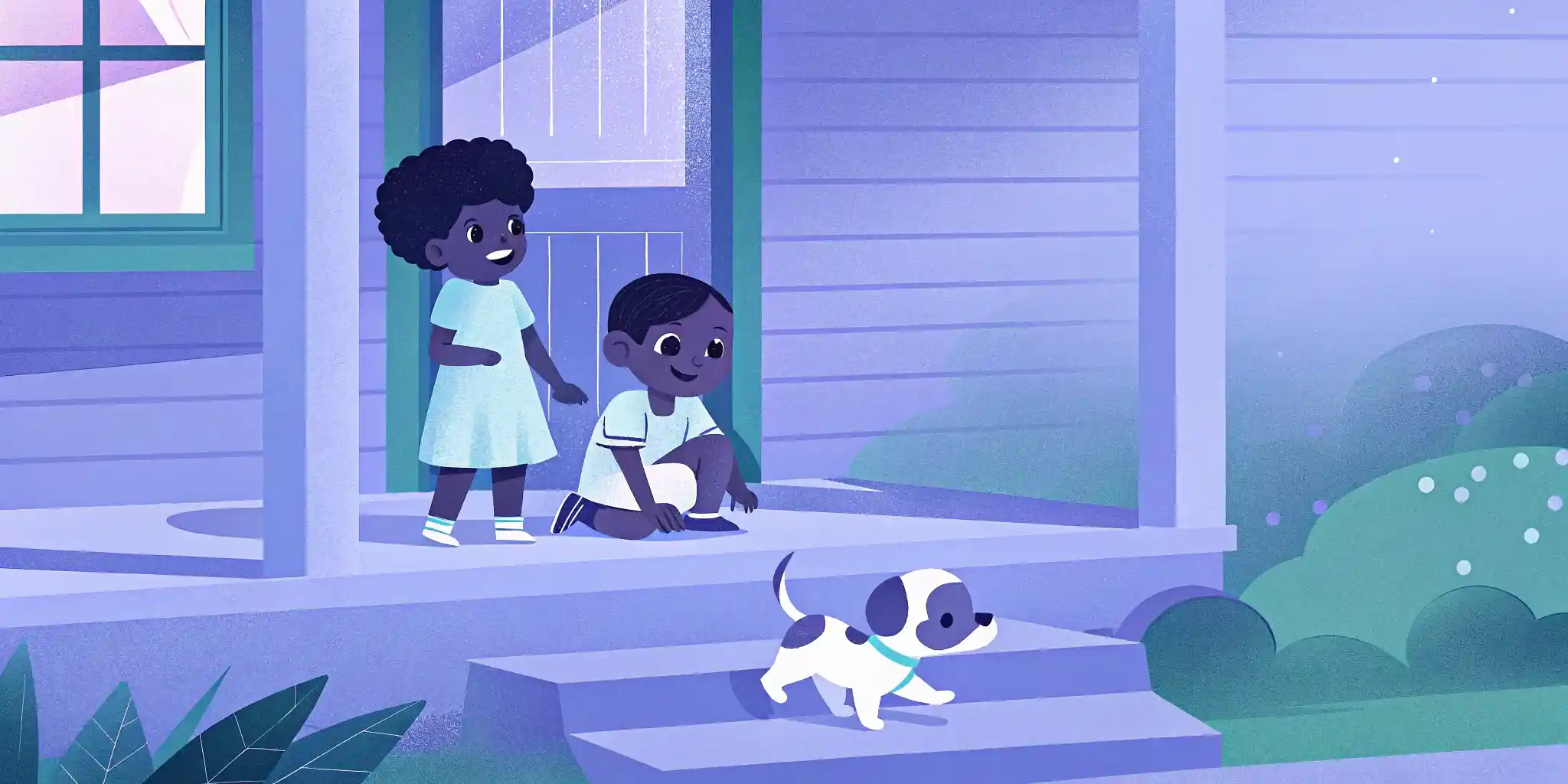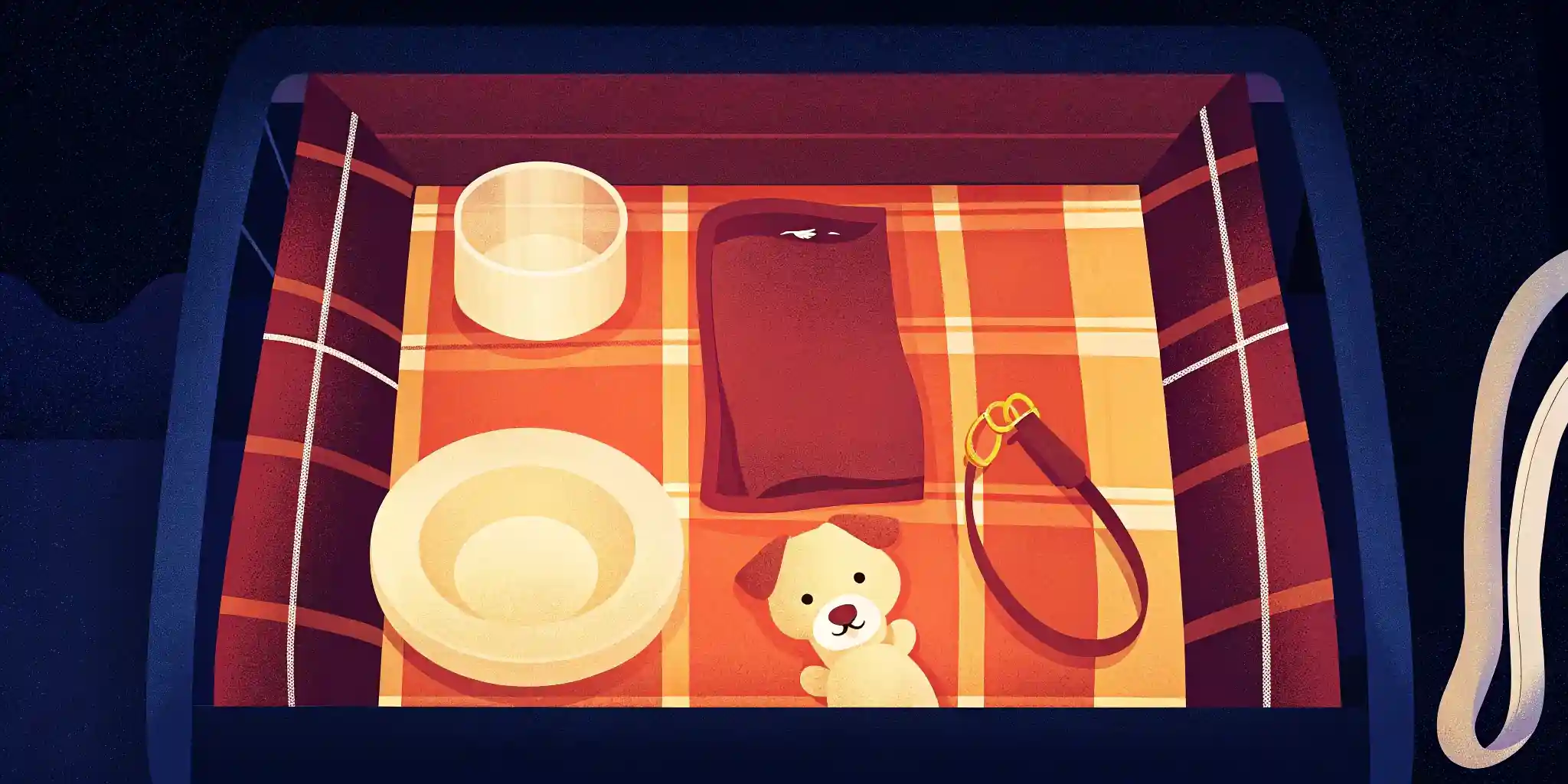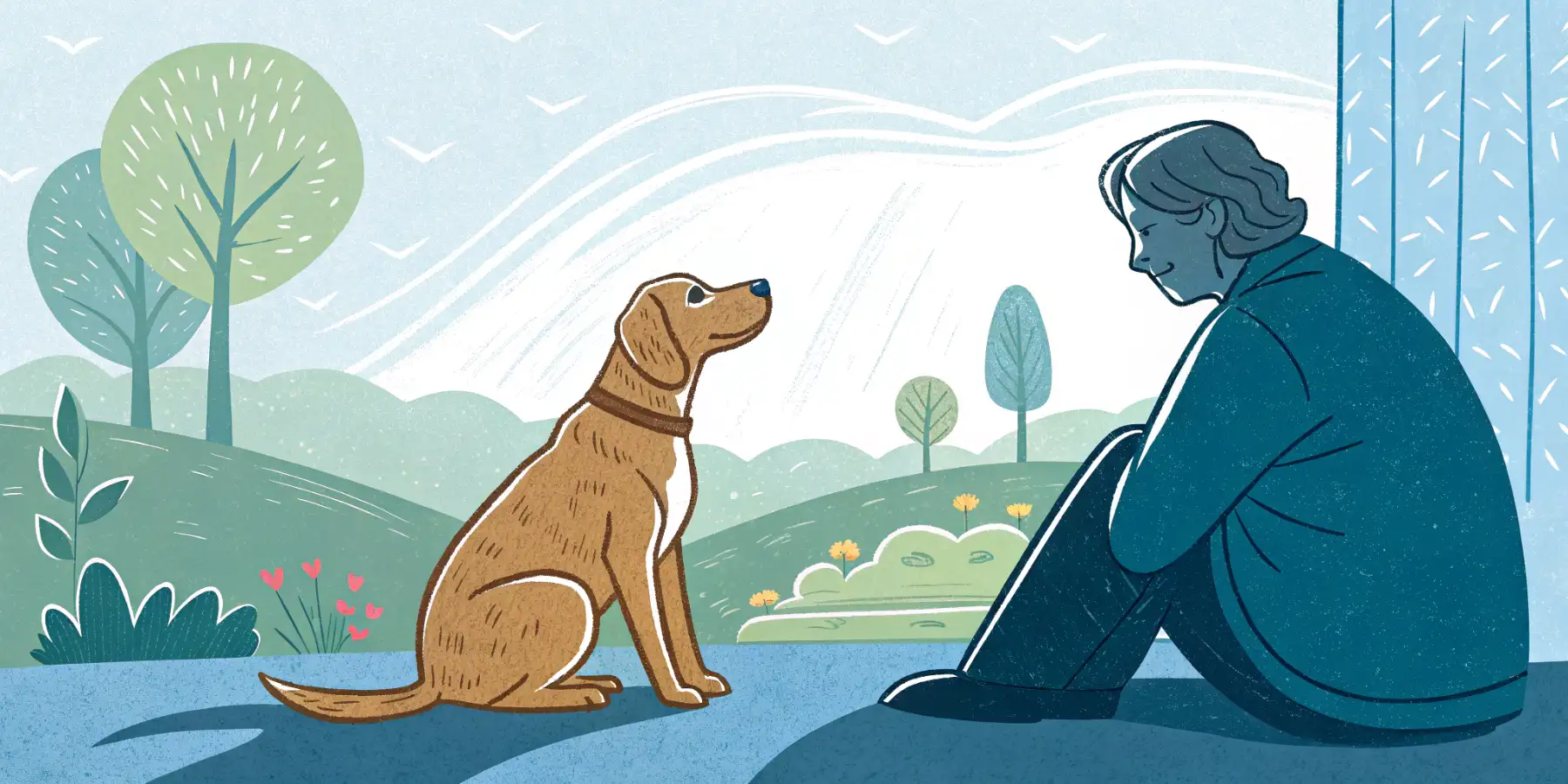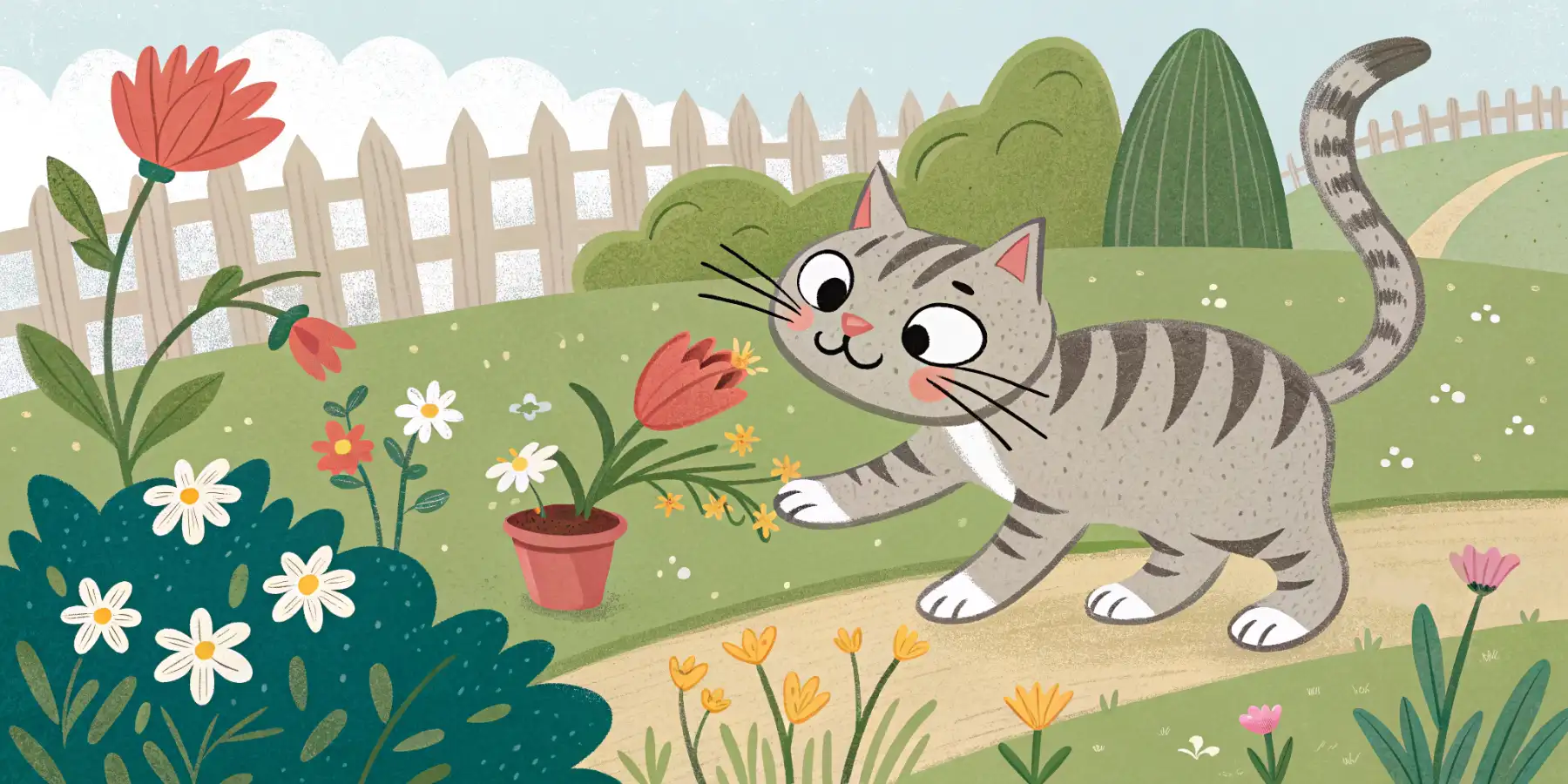
Puppy's First Day: Settling In Made Easy
Puppy's home! 🏡 First day jitters? We've got you covered. Learn easy tips for settling your new puppy in & building a happy bond!
Bringing Puppy Home: Surviving (and Thriving!) in the First 24 Hours and Beyond
Bringing a new puppy home is one of the most exciting experiences imaginable! The tiny paws, the playful nips, the endless snuggles – it’s pure, unadulterated joy. But let’s be honest, it can also be a little overwhelming. Those first 24 hours (and the weeks that follow) are crucial for setting the foundation for a happy, well-adjusted dog. So, how do you navigate this exciting, slightly chaotic period? Let’s dive in!
Preparing Your Home: Puppy-Proofing is Paramount
Before your little bundle of fur arrives, make sure your home is ready. This isn’t just about aesthetics; it’s about safety. Think like a puppy: what can I chew on? What can I swallow? What can I get stuck in?
- Remove hazards: This includes electrical cords (invest in cord protectors!), cleaning supplies, medications, small objects that could be swallowed, and anything precious that you don’t want nibbled.
- Designate a “puppy zone”: This could be a crate, a pen, or a specific room. This will be your puppy’s safe haven, a place where they can relax and feel secure. Fill it with comfy bedding, toys, and water. Remember, a crate should never be used as punishment!
- Stock up on supplies: Food (the same brand they were eating at the breeder or shelter!), bowls, leash, collar, poop bags, training treats, and a variety of toys are essential. Having everything ready before puppy arrives will make a world of difference.
 Image: A photo showcasing essential puppy supplies, including food, bowls, a leash, collar, toys, and training treats, arranged on a soft blanket. Emphasize the importance of preparing these items before bringing the puppy home.
Image: A photo showcasing essential puppy supplies, including food, bowls, a leash, collar, toys, and training treats, arranged on a soft blanket. Emphasize the importance of preparing these items before bringing the puppy home.
The Arrival: A Gentle Introduction
The car ride home can be stressful for a puppy. They’re leaving their mother and littermates, heading to a completely new environment. Keep the ride as calm and comfortable as possible.
- Secure your puppy: Use a crate or a secure carrier for the car ride. This is the safest option for both you and your pup.
- Keep the noise down: Avoid loud music or excessive talking. A calm, soothing voice is best.
- Potty break: The moment you arrive, take your puppy directly to their designated potty spot. Even if they don’t go, it establishes the area and routine. Praise and reward them enthusiastically if they do!
- Slow introductions: Don’t overwhelm your puppy with too many people or pets at once. Introduce family members one at a time, and supervise interactions with other pets closely. I believe that slow, positive introductions are key to preventing future behavioral issues.
Settling In: The First Night and Beyond
The first night is often the hardest. Your puppy is likely to be scared, lonely, and missing their family. Here’s how to make it easier:
- Keep them close: Place their crate or bed in your bedroom, especially for the first few nights. This provides comfort and reassurance.
- Potty breaks: Expect several potty breaks throughout the night. Take them outside immediately if they whine or show signs of needing to go. Pro-tip: avoid engaging in playful activities during these nighttime trips. Keep it strictly business!
- Ignore the whining (mostly): It’s tough, but resist the urge to constantly comfort your puppy when they whine. Respond to genuine needs (potty, water), but avoid reinforcing attention-seeking behavior. In my experience, a little tough love goes a long way in establishing healthy boundaries. However, excessive crying could indicate a medical problem, so be vigilant.
- Establish a routine: Puppies thrive on routine. Set a consistent schedule for feeding, potty breaks, playtime, and sleep. This will help them feel secure and predictable.
 Image: A close-up photo of a young puppy peacefully sleeping inside a cozy crate, complete with a soft blanket and a favorite toy. This image helps to reassure new puppy owners.
Image: A close-up photo of a young puppy peacefully sleeping inside a cozy crate, complete with a soft blanket and a favorite toy. This image helps to reassure new puppy owners.
House Training: Patience is Key
House training is a marathon, not a sprint. Accidents will happen. The key is consistency, patience, and positive reinforcement.
- Frequent potty breaks: Take your puppy out frequently – every 2-3 hours, especially after waking up, eating, and playing.
- Reward success: When your puppy eliminates outside, praise them enthusiastically and offer a small treat.
- Clean up accidents thoroughly: Use an enzymatic cleaner to eliminate the odor, preventing them from returning to the same spot.
- Avoid punishment: Never punish your puppy for having an accident. This will only make them afraid of you and less likely to eliminate in front of you. Positive reinforcement puppy training is the best approach.
Socialization: Shaping a Well-Adjusted Dog
Socialization is crucial during the first few months of a puppy’s life. Expose them to a variety of sights, sounds, people, and other animals in a positive and controlled manner.
- Start early: Begin socializing your puppy as soon as they’ve received their initial vaccinations.
- Positive experiences: Ensure that all experiences are positive and non-threatening. If your puppy seems scared or overwhelmed, remove them from the situation immediately.
- Controlled introductions: Introduce your puppy to other dogs gradually and under supervision. Choose friendly, well-socialized dogs for initial interactions. Remember to focus on puppy socialization tips to help your puppy get accustomed to different environments.
- Attend puppy classes: Puppy classes are a great way to socialize your puppy and teach basic obedience commands.
 Image: A vibrant photo of several puppies engaging in playful activities in a safe and supervised environment, such as a puppy class or dog park, showcasing the importance of early socialization.
Image: A vibrant photo of several puppies engaging in playful activities in a safe and supervised environment, such as a puppy class or dog park, showcasing the importance of early socialization.
Basic Training: Starting on the Right Paw
Training should begin as soon as your puppy arrives home. Start with simple commands like “sit,” “stay,” and “come.”
- Use positive reinforcement: Reward your puppy with treats, praise, or toys when they perform the desired behavior.
- Keep training sessions short and fun: Puppies have short attention spans, so keep training sessions brief and engaging.
- Be consistent: Use the same commands and hand signals consistently.
- Enroll in obedience classes: Obedience classes are a great way to learn effective training techniques and bond with your puppy. If you decide to go the “do-it-yourself” route, seek out guidance from credible online sources, and always use positive reinforcement.
Common Puppy Problems: Addressing Challenges
Be prepared for some common puppy problems, such as:
- Biting and nipping: Puppies explore the world with their mouths. Redirect biting behavior with appropriate chew toys. Search term: Stop puppy biting.
- Excessive barking: Determine the cause of the barking (boredom, anxiety, territoriality) and address the underlying issue.
- Separation anxiety: Gradually acclimate your puppy to being alone. Start with short periods and gradually increase the duration. I’ve found that leaving a worn t-shirt with your scent can help ease their anxiety.
- Destructive chewing: Provide plenty of appropriate chew toys and redirect destructive behavior.
 Image: A cute puppy happily chewing on a durable and safe chew toy, demonstrating how to redirect chewing behavior.
Image: A cute puppy happily chewing on a durable and safe chew toy, demonstrating how to redirect chewing behavior.
Seeking Professional Help: When to Consult a Veterinarian or Trainer
Don’t hesitate to seek professional help if you’re struggling with any aspect of puppy care. A veterinarian can address any health concerns, and a certified dog trainer can provide guidance on behavior and training.
Bringing a puppy home is a joyous adventure, but it also requires commitment, patience, and understanding. By preparing your home, establishing a routine, and providing plenty of love and socialization, you can help your puppy thrive and build a strong, lasting bond. Remember to be patient, celebrate small victories, and enjoy every moment of this special time. The journey may be challenging at times, but the rewards are immeasurable!


